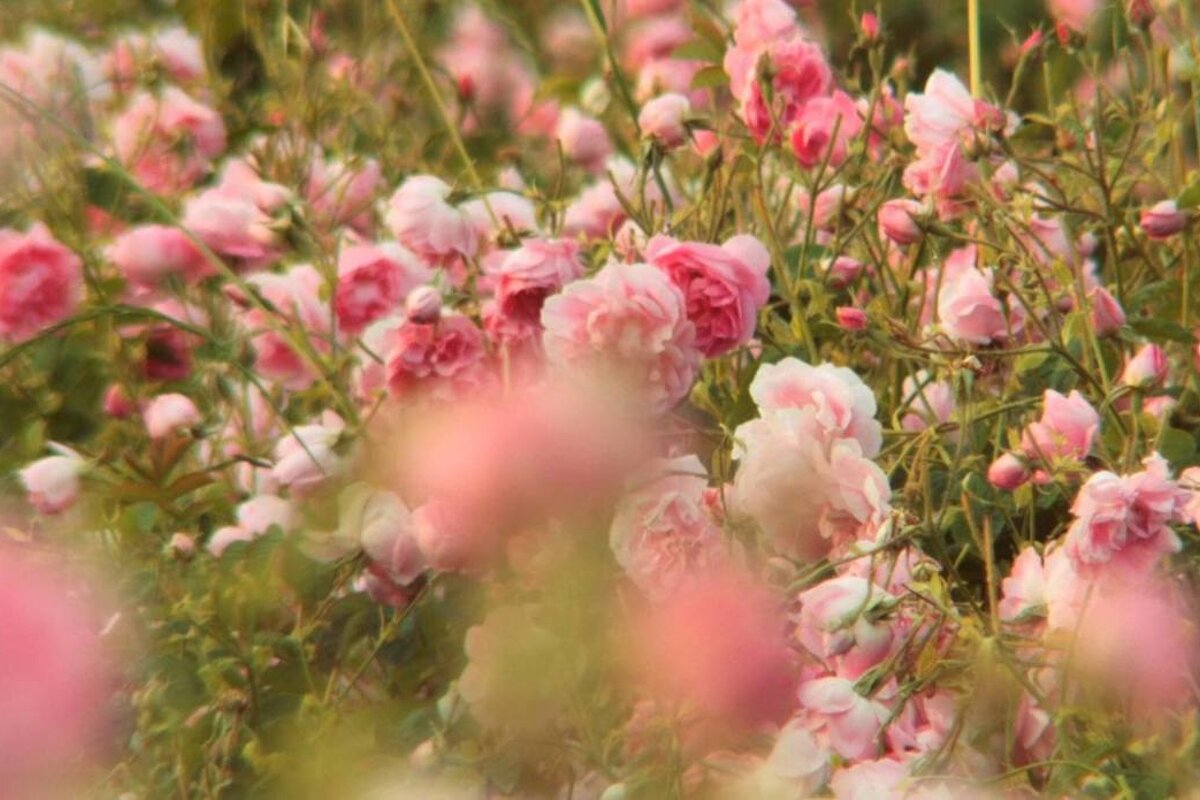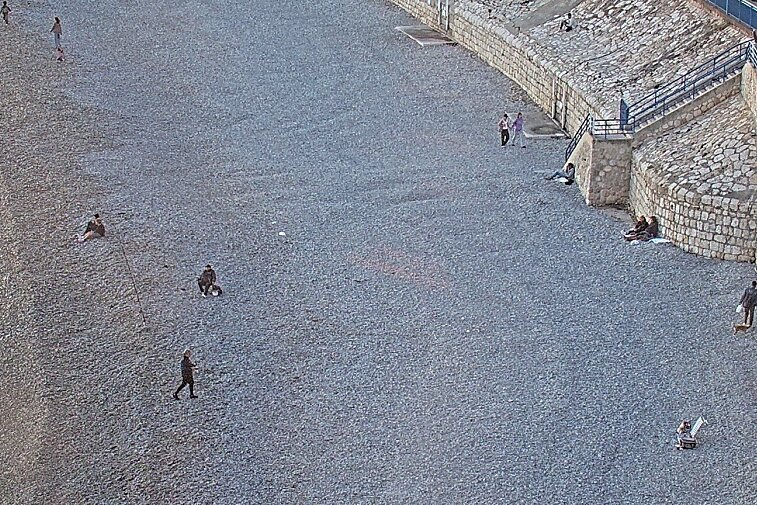
Geography of Nice
Discover the Nice geography, fauna and flora
Situated on the coastline of the Cote d'Azur, to the north east of Cannes and Antibes. It is the fifth largest and most populous city on France and is the capital of the Alpes-Maritimes department. With a population of about 1 million is has a small city centre but a sprawling urban area that covers an area of 721 square kilometres.
Jump to
Fauna & wildlife
Larger wild mammals are rare in the Provence and Alpes-Maritimes Regions, however there are wild boar that can be found in parts of Provence. The Mercantour National Park is a haven for all types of mammal and here you may catch a glimpse of the re-introduced Italian wolf. Other animals you will find here include polecats, badgers, weasels, foxes, pine martens, marmots, chamois, ibex and of course the wild boar.
Across the whole area you will hear the familiar sound of tree crickets or cicada. For most people this sounds signifies a warm Mediterranean style climate and this is exactly what they enjoy. Lizards are also very common in the regions, especially the small 'skinks' that you will see darting about even in the centre of town.
Birds and seabirds are of course very common with many species migrating here or using the area as a stopping point on their way further south. Swarms of swifts can often be seen above fields and even over the towns and cities and flamingo are prevalent in the wetlands of the Camargue in particular, where they will nest and can reach populations of around 20,000.
Flora & vegetation

The Var region and Alpes-Maritimes area are the third most forested areas of France and are well known for their variety of pine trees. Best known and most obvious from its 'umbrella' shaped canopy is the stone pine (or umbrella pine). Other species include the maritime and aleppo pines.
All across the French Riviera there various notable trees that very much epitomise the Mediterranean climate, such as the cyrpress, lotus, fig, almond and oak.
The warm climate also makes it very easy for palm trees, aloes, olive, orange and lemon trees to grow. And of course an abundance of flowering trees, shrubs and bushes like the mimosa, jasmine, roses and carnations. The main place for orange and lemon trees is between Cannes, Antibes, Monaco and Menton. The latter in particular being very well known for their citrus production. Many of the cut flowers that you will find in the flower markets are grown around the Frejus and Antibes areas, however carnations and roses are mainly grown in Nice and Grasse areas, well known for their 'parfumerie's'.
The Greeks introduced the olive tree to Provence some 2,500 years ago. The Mediterranean climate is naturally excellent for the olive tree. It grows everywhere on slopes and in valleys up to a height of 600 metres. The harvest takes place in August and are mostly hand-picked before being processed into olive oil.


























